In so many ways Nuremberg’s Germanisches Nationalmuseum, or German National Museum, is reflective of modern Germany. It’s a blending of the old and the new. The antique and the modern. And they are blended in a way that the past is never forgotten. The present is always moving on. Moving forward.
It’s a feeling that hits you from your first moments inside the museum and you see a work of art titled “Hauptstadt.” Created in 1993-1994 by Raffael Rheinsberg, the work is a collection of street signs from the German Democratic Republic. Rheinsberg collected the signs after the fall of the wall before they disappeared. Some are in good condition, others show signs of wear or graffiti. But all are a reflection of where they were from: East Germany.
Located just along the edge of Nuremberg’s historic city center, the Germanisches Nationalmuseum houses the largest collection of “cultural history” in the German-speaking world.
About the Germanisches Nationalmuseum
The museum was founded in 1852 by Hans Freiherr von und zu Aufseß. The nobleman wanted to put together a “well-ordered general repertory of the entire source material for German history, literature, and art.” When, in 1871, the German Reich was formed with a unified German empire, Germanisches Nationalmuseum officially became the nation’s museum of art and culture.
The museum building itself is actually many buildings and additions. The original core structure is a 14th-century cloister, church, and monks’ dwellings. But with the growth of the museum’s collection as well as damage sustained during both World Wars, additions were constructed: first by German Bestelmeyer and later by Sep Ruf. Just outside the museum is the Frauentormauer, the old city’s southern wall.
Outside, at the museum’s main entrance, is the “Way of Human Rights” (Straße der Menschenrechte) by sculptor Dani Karavan. The massive work consists of 30 concrete and wooden pillars, each emblazoned with a different article from the Universal Declaration of Human Rights. The moving work sets the tone as visits approach the museum.
The Germanisches Nationalmuseum’s Collection
The museum’s four floors contain collections that range from Prehistory, the Middle Ages, the Renaissance all the way up to the 20th Century, and everywhere in between. It’s more than 3000 years worth of history on display in a single location!
In the 20th Century galleries you can take in modern art or Austrian architect Margarete Schütte-Lihotzky’s “Frankfurt Kitchen,” a prefabricated, manufactured built-in kitchen from the 1920s. It goes without saying that the museum has spectacular and important works by the son of Nuremberg, Albrecht Dürer. His portrait of Charlemagne is on display beside other works by masters like Lucas Cranach and Rembrandt. Elsewhere galleries showcase toys, arms and armor, clothing, scientific instrumentals, and folk art.
Why You Should Visit the Germanisches Nationalmuseum
There’s something really special about the Germanisches Nationalmuseum. Visitors explore the collection of the Late Middle Ages in the old Carthusian monastery. Walking around wooden and stone sculptures in such a setting isn’t something you get to experience every day. It’s a far cry from the large and open, bright and airy lobby of the museum. With each gallery you visit, there’s a different tone, a different feeling, and something different to reflect on and experience. Every gallery has objects of the highest quality on display. And the range and the variety is quite impressive. In many ways, the Germanisches Nationalmuseum delivers as the one-stop-shop of German cultural heritage. Just as intended.
Tip: Nürnberg Card
The best tip I can offer visitors to Nuremberg is to get the Nürnberg Card. The card targeted at tourists offers two days of all-you-can-ride public transport (S-Bahn, U-Bahn, street trams, and buses in the Nuremberg, Fürth, and Stein region) plus free admission to a large list of museums and attractions in Nuremberg and nearby Fürth. The Germanisches Nationalmuseum is, of course, on the list. So are other must see sights I’ve highlighted before such as the Imperial Castle, the Albrecht-Dürer House, and the Documentation Center Nazi Party Rally Grounds. The card also gets you into tours of the underground.
The Nürenberg Card is available at any of the city’s tourist offices. It’s a good deal and a great way to save money. It’s definitely worth looking into before making a visit to this Franconian city.
Read More: Save Money Traveling in Bavaria With These Simple Tips
Getting There
Getting to the Germanisches Nationalmuseum is quite easy. Using public transit, the museum is about a ten-minute walk from the Hauptbahnhof (central train station). With the subway (U-Bahn), the museum is between the opera (Opernhaus) stop (U2 or U3 lines) and the Lorenzkirche (U1 line).
With Deutsche Bahn, Nuremberg is easily reachable for a day trip, or longer!
Read More: 9 Great Day Trips from Munich
Save this post for later on Pinterest!
Thank you to Nürnberg Tourismus for providing a complimentary Nürnberg Card! All opinions, as well as all photos, are my own.
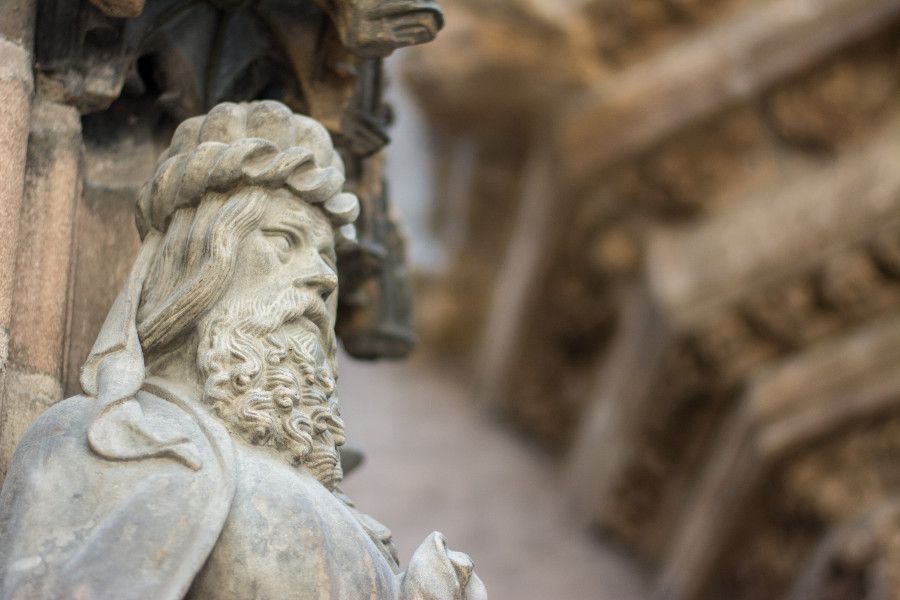
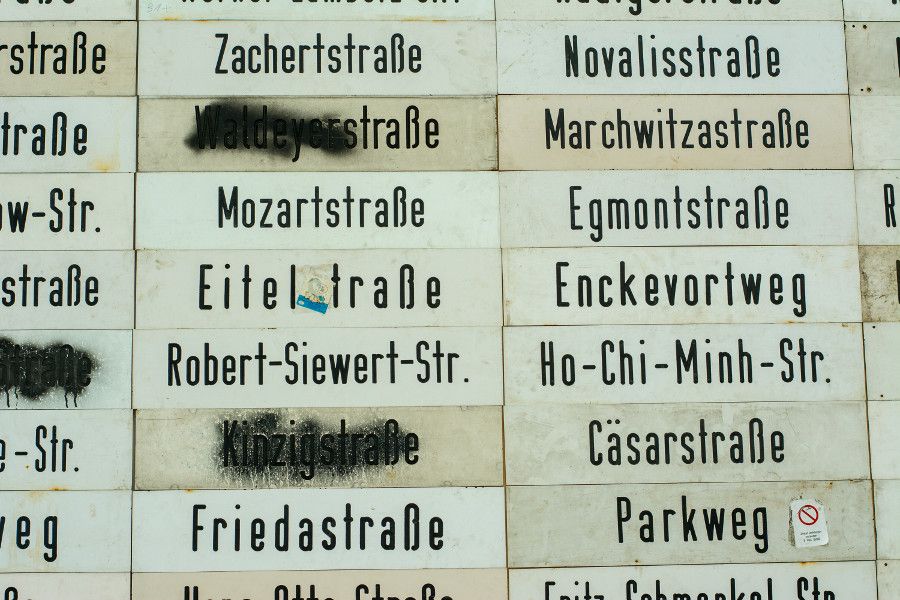

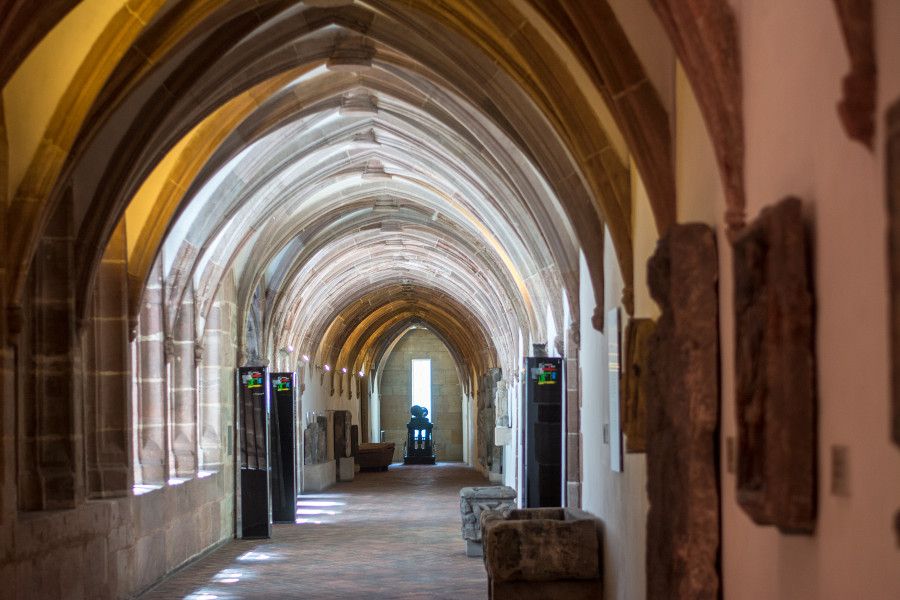
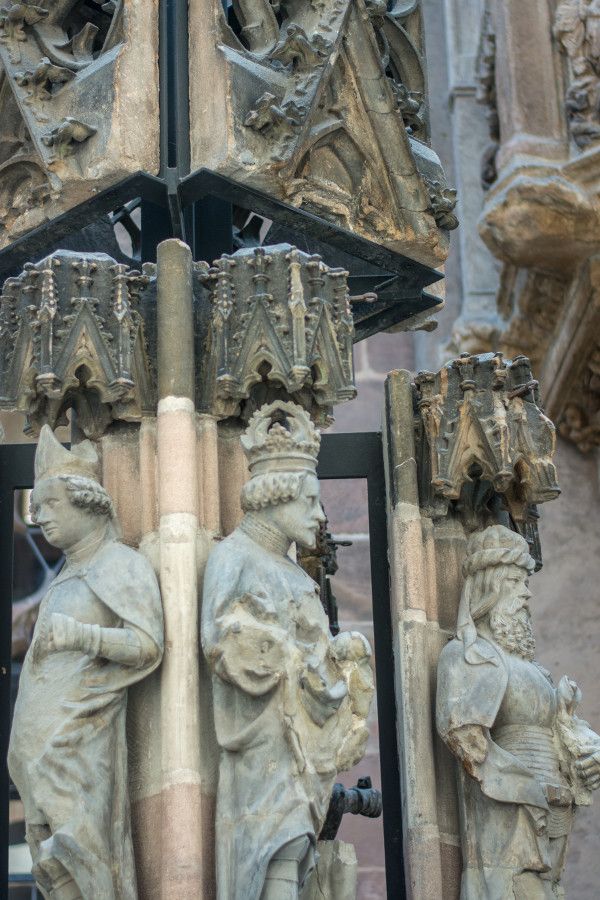
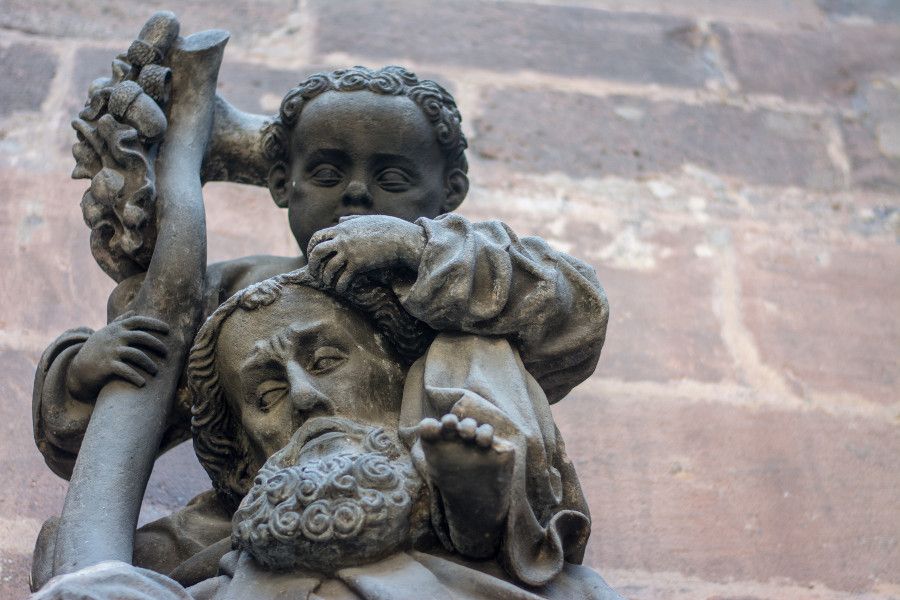
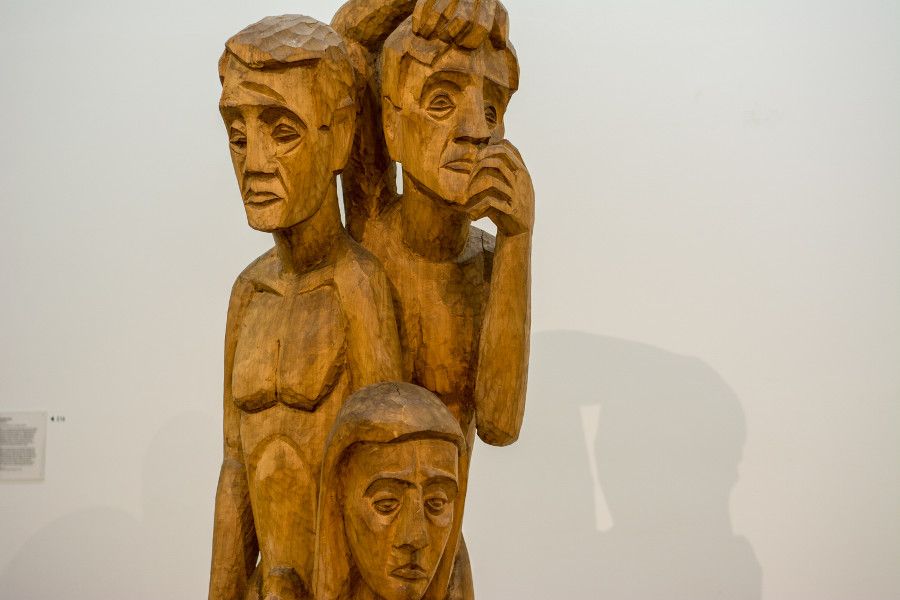
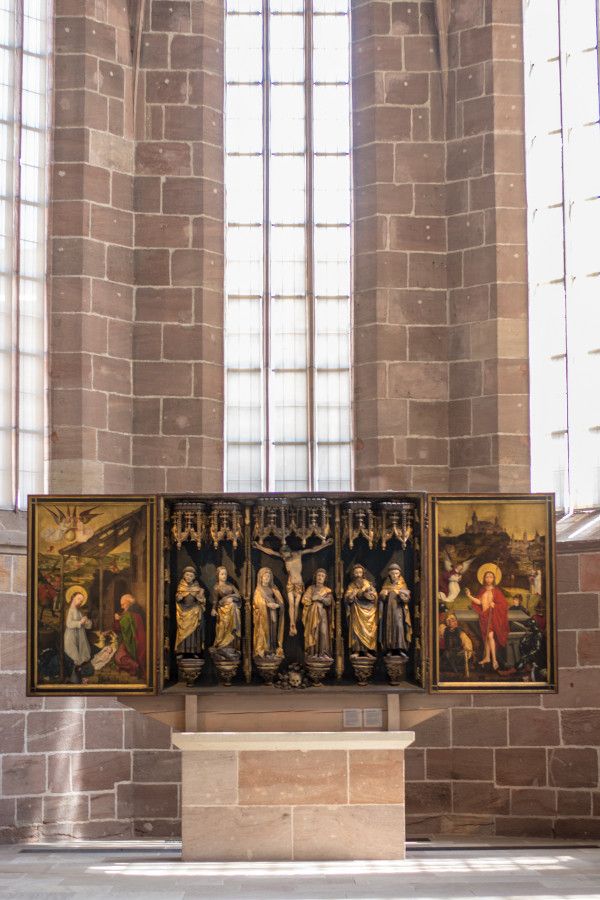
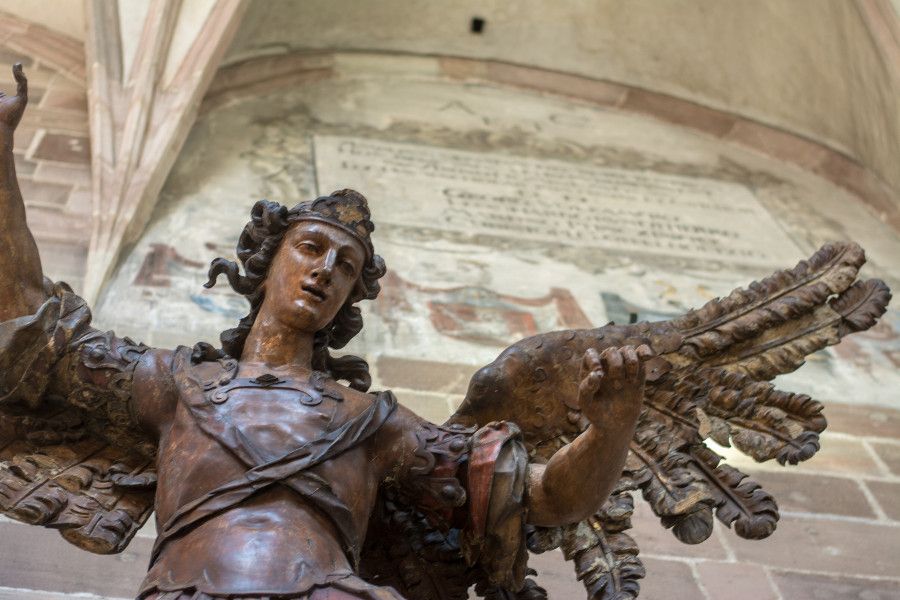
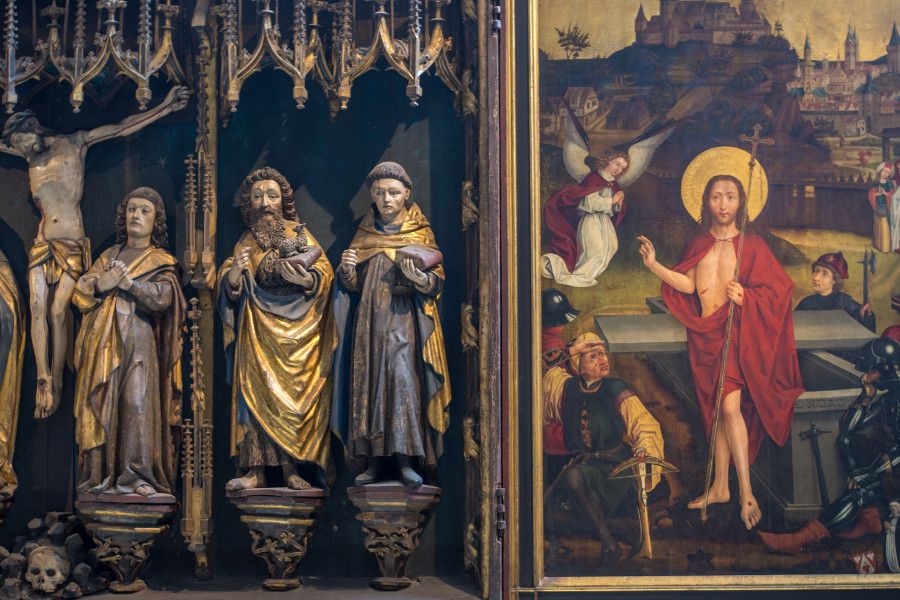
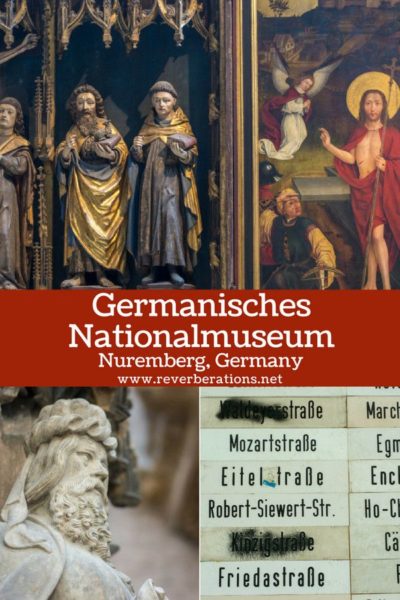
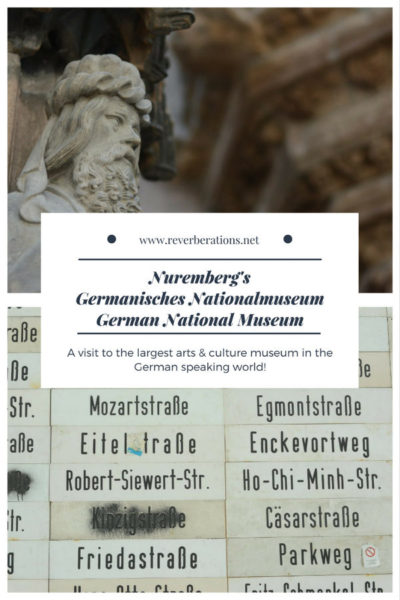
It sounds somewhat eclectic (not a bad thing), but I am a sucker for museums which help me to understand the culture as well as the history of a society I am visiting. Very interesting!
You’re right, it is a large collection that ranges the eras related to the German world. But you can easily focus in on areas that interest you. It’s really nice that way.
Beautiful architecture! I’ll have to check it out one day.
Only a small part of the museum is in the cloister. But it does have incredible architecture!
Interesting museum. I love sculpture and architecture. Looks like a good museum to visit.